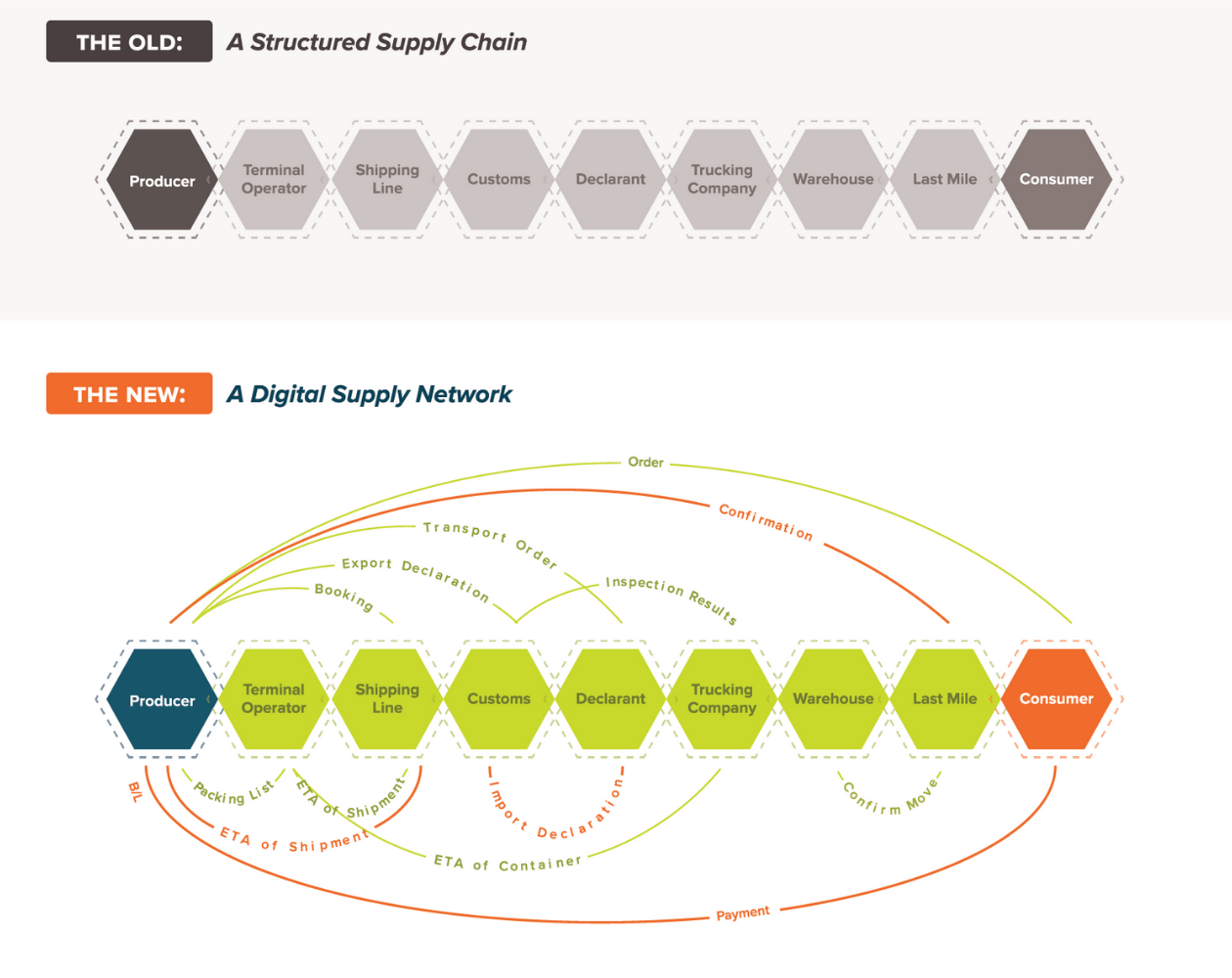What is a Data Fabric?

Get the latest in your inbox

Get the latest in your inbox
The mandate for enterprise IT to deliver business value has never been stronger. 76% of executives believe IT must be an active partner in developing business strategy. To succeed in this daunting task, agility is key. However, enterprises are hampered by data strategies that leave teams flat-footed when the market shifts or new questions arise.
Structured data management systems worked acceptably well when the enterprise data landscape was itself predominantly structured. But the world is different now. The enterprise data landscape is increasingly hybrid, varied, and changing. The emergence of IoT, rise in unstructured data volume, increasing relevance of external data sources, and trend towards hybrid multi-cloud environments are obstacles to satisfying each new data request.
The old data strategy centered around relational data systems is fundamentally broken. How can enterprises shift from a reactive to a responsive data strategy?
Enterprise data fabrics offer the new way forward. The data fabric weaves together data from internal silos and external sources and creates a network of information to power your business’ applications, AI, and analytics. Quite simply, they support the full breadth of today’s complex, connected enterprise.
“Stardog enables you to browse through the data and all these relationships. It’s a 10 to 1 savings. It’s not only less overhead, it’s much better job satisfaction and getting the knowledge in hand that you lacked before.”
- Program Data Integration Manager, Exploration Systems Division, NASA
Data fabrics support cross-functional data connections that are key to creating and defending competitive advantage. Today, it is critical to go beyond business-line transformation and enable collaboration across the enterprise as well as with external partners.
Take supply chain for example. Traditional supply chain data systems are a relay race, operating with linear handoffs and siloed, peer-to-peer links between systems. When COVID-19 hit, supply chains globally collapsed. Some strain or even partial collapse was inevitable; but it was made much worse by bad data strategy that treated supply chain as a rigid system when, in reality, it’s a complex network of actors who had to be fully in sync to adjust as needed.

With a digital supply network powered by a data fabric, now enterprises can answer complex questions they were previously blind to. “Show me all the lots of raw materials and associated suppliers involved in the production of finished good lot 123.” Or, “How do COGS for product A compare between these two regions?” Or, “Which manufacturers supplied the raw ingredients involved in this customer complaint?”
Learn how data fabrics work, how they differ from other data management practices, and key principles for successful data fabric design in our whitepaper.
How to Overcome a Major Enterprise Liability and Unleash Massive Potential
Download for free